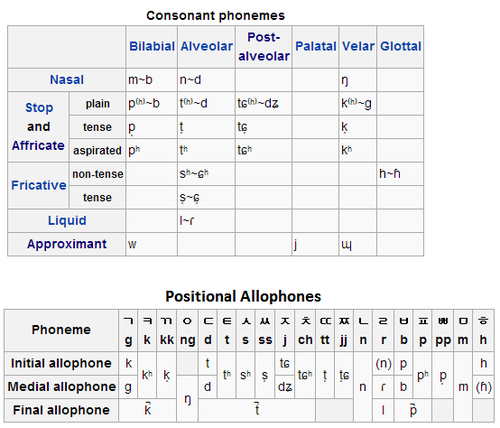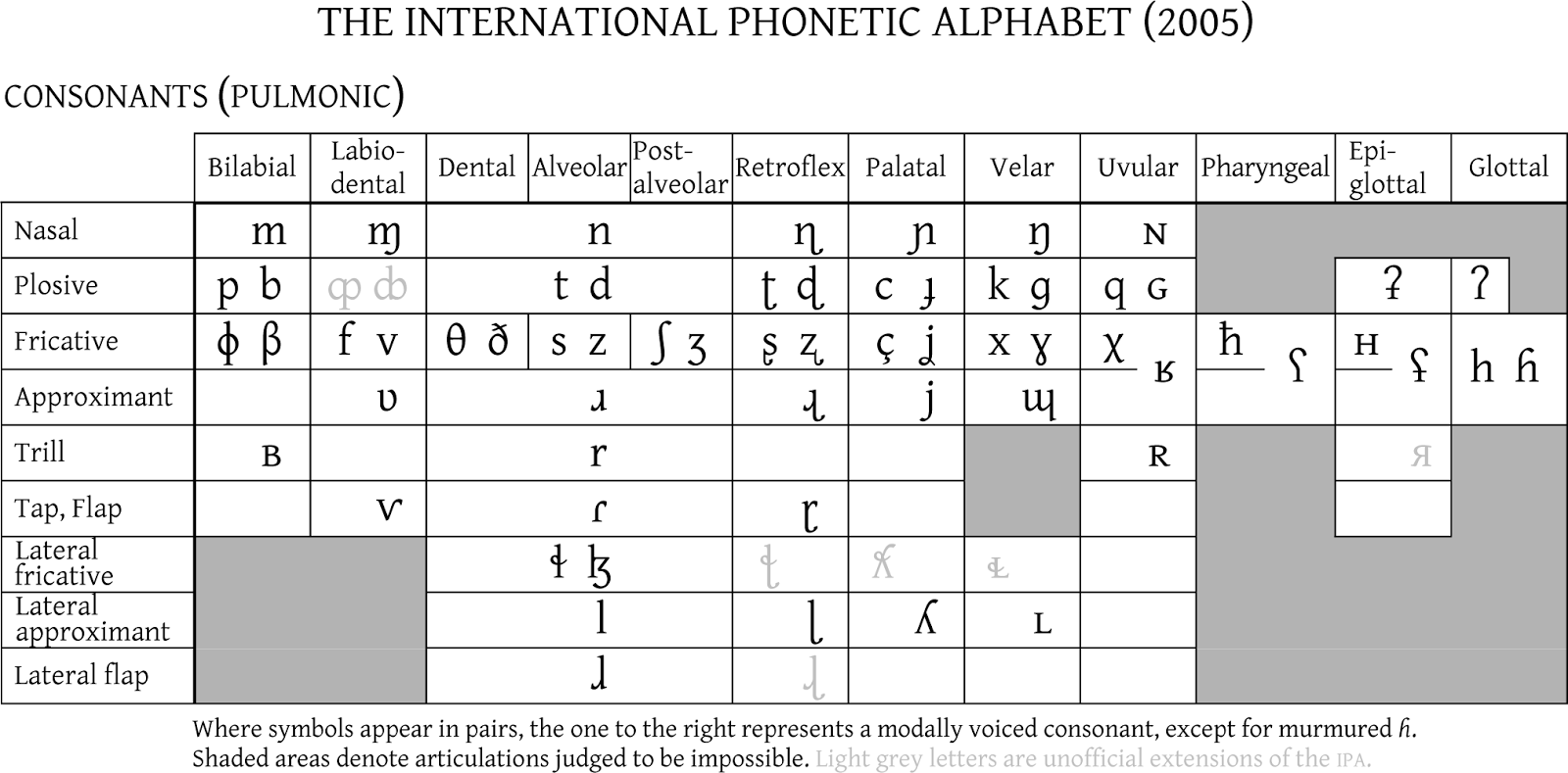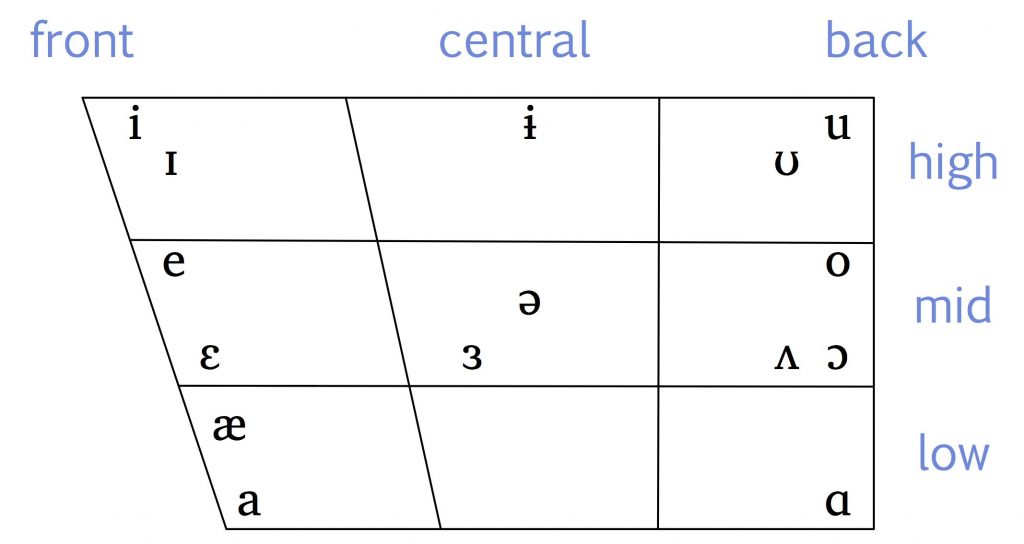

IPA TALKING ALPHABET FULL VERSION
For a full version of the trapezium with audio samples, check out the Wikipedia page. The vowels are placed in a trapezium shape. Let's start with vowels - there are fewer total vowels to learn, so the chart is less intimidating. It may seem like a lot of steps, but if you follow it, you will definitely understand the IPA well, making it a powerful tool. This is a formalization of my own ad hoc process when I taught myself the IPA back in high school.

But if you apply this approach piece by piece to the charts, you can tackle the thing slowly until you eventually get the whole thing. Yes, it's that easy! You won't learn the IPA in a day - it takes a lot of practice to internalize it. For the most part, all you need is Wikipedia. I'm here to make the process of learning the IPA a little easier by providing a study guide you can use. There are a lot of new vocabulary words that make it a chore to study.

A lot of these symbols don't represent the sounds you expect them to. The charts are big and they have a lot of unfamiliar symbols. In other words, if you've ever wanted to compare speech sounds, you want the IPA. Language documentation workers use the IPA to tell each other the sounds of a language that hasn't been recorded before.
IPA TALKING ALPHABET HOW TO
Dialect coaches use the IPA to teach others how to successfully mimic a different dialect. Speech pathologists use the IPA to identify mistakes that their patients make and work with them on them. Opera singers use the IPA to sing in foreign languages without a heavy foreign accent. The practical benefits are clear in a number of fields. If you know how to read the IPA, you can learn how a word should be pronounced in a foreign language without having to resort to weird descriptions like 'make the t softer'. The alphabet is also expansive, accounting for sounds in other languages. That means that unlike English, you can always tell exactly how a word will sound when you read it in IPA. It's an alphabet that's meant to have every sound represented by one symbol, and every symbol has only one sound. If part of the chart is not visible, please click the red and green arrows to see the additional symbols.The IPA is a really cool part of linguistics.

Our IPA chart is responsive, this means it adjusts to any screen size. Click on an IPA Symbol to Hear the Associated Sound It is also the standard the United Nations uses to represent sounds in all languages that use a writing system. This standard represents the sounds of all 78 languages that use phonemic scripts. The IPA is based on the Latin alphabet in order to correspond to an international standard. Finally, start using the IPA in speech and writing. To use the chart, first, familiarize yourself with the symbols and their corresponding sounds. The IPA chart helps you identify the sounds of language. Each alphabet has its own set of symbols and sounds to represent the sounds of oral language. Other alphabets include the Canadian Aboriginal Syllabics Alphabet (CASA), the Swahili Phonetic Alphabet (SWA), and the Thai Phonetic Alphabet (TPA). The IPA is the most commonly used and well-known international phonetic alphabet, but it is not the only one. This chart includes all 78 current languages with phonemic scripts, some extinct languages, and some that have not been written in a phonemic script for centuries. There are many ways to count this, but the most complete and up-to-date list is found in the International Phonetic Association’s 2005 IPA chart, number 122. How Many International Phonetic Alphabets Are There? An extended set of symbols represent different qualities of speech, such as tooth gnashing, lisping, and sounds made with a cleft palate. Many American linguists have found that using a combination of IPA and Americanist phonetic notation is the best way to communicate with other linguists worldwide. The IPA provides students with a greater understanding of the English language by accurately and uniquely representing the sounds of oral language. Who Uses the International Phonetic Alphabet? The first version, IPA chart number 122, was published by the International Phonetic Association in 2005. An essential function is to provide a standard for labeling these phones so linguists can discuss any sound without ambiguity. International Phonetic Alphabet, also called IPA, is an alphabet used by linguists to accurately represent the wide variety of sounds (phones or phonemes) in human speech. The interactive chart can be found at the bottom of this page. The International Phonetic Alphabet chart with sounds lets you listen to each of the sounds from the IPA. International Phonetic Alphabet (IPA) Chart With Sounds


 0 kommentar(er)
0 kommentar(er)
